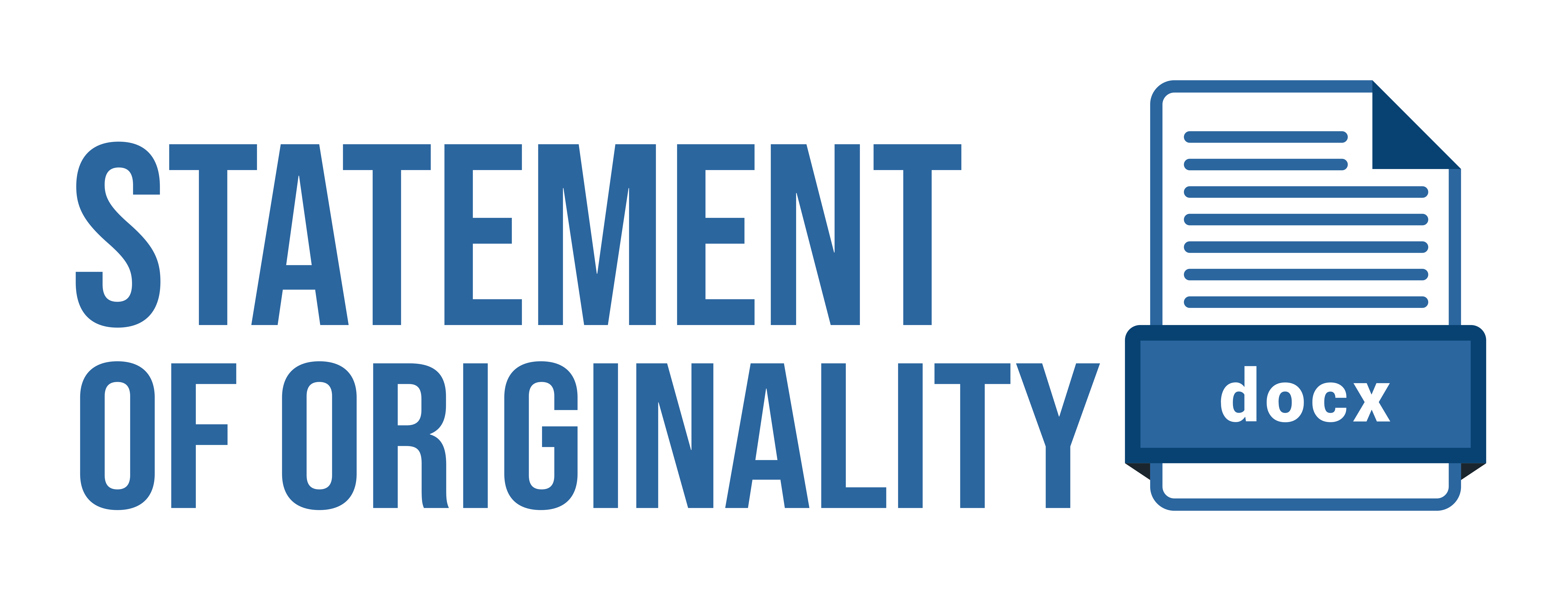KONTRIBUSI HAKIM PEREMPUAN DALAM PENEGAKAN HUKUM DI INDONESIA
DOI:
https://doi.org/10.15575/as.v18i1.652Keywords:
Hakim Perempuan, Sistem Hukum, Pengadilan AgamaAbstract
This article describes the contribution of female judges in law enforcement in Indonesia through the approach of a critical study of the Koran interpretation letter al-Nisâ’ verse 34 and an explanation of the hadiths of the Prophet Muhammad SAW who describes the position of women as judges in the judiciary. So this article will be focused on: (1) polemic female judges in religious courts; (2) female judges in the legal system in Indonesia; and (3) the position of women judges in Islamic legal system. From this discussion, the female judge is required to give good imaging as judges always give a good example to the parties and to other law enforcement officials, as long as he completed cases in the judicial sphere. However, imaging judge women as law enforcement officials so bound by a code of conduct (ethical code) and the oath of their profession.
Downloads
Published
2015-08-31
How to Cite
Muqoddas, D. (2015). KONTRIBUSI HAKIM PEREMPUAN DALAM PENEGAKAN HUKUM DI INDONESIA. Asy-Syari’ah, 18(1), 93–110. https://doi.org/10.15575/as.v18i1.652
Issue
Section
Articles
Citation Check
License
The author whose published manuscript approved the following provisions:
- Authors retain copyright and grant the journal right of first publication with the work simultaneously licensed under a Attribution-ShareAlike 4.0 International (CC BY-SA 4.0) License that allows others to share the work with an acknowledgment of the work's authorship and initial publication in this journal.
- Authors are able to enter into separate, additional contractual arrangements for the non-exclusive distribution of the journal's published version of the work (e.g., post it to an institutional repository or publish it in a book), with an acknowledgment of its initial publication in this journal.
- Authors are permitted and encouraged to post their work online (e.g., in institutional repositories or on their website) prior to and during the submission process, as it can lead to productive exchanges, as well as earlier and greater citation of published work (See The Effect of Open Access).






